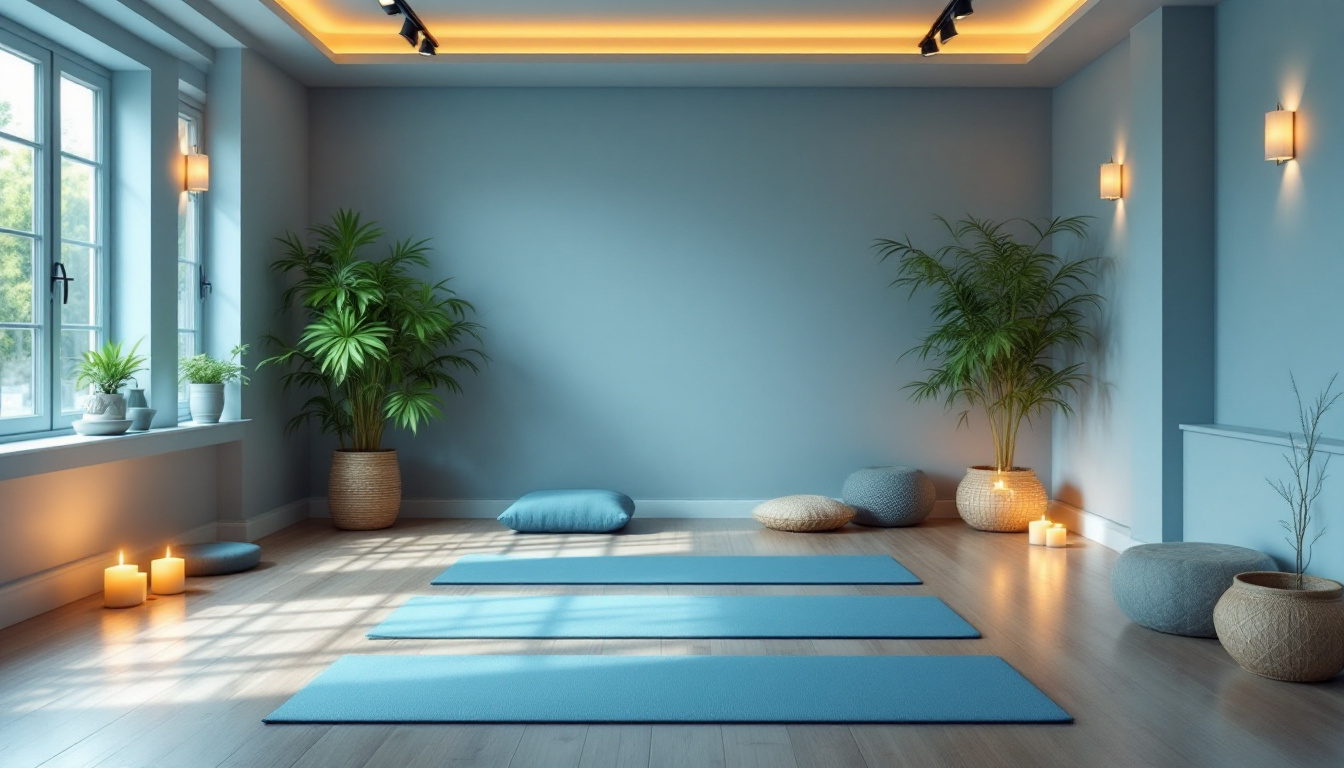What Type Of Yoga Is Best For Seniors?
March 5, 2025
Exploring Yoga's Benefits and Suitability for the Elderly


Understanding the Essentials of Yoga for Seniors
Yoga offers a wealth of benefits for seniors, addressing both physical and mental aspects of well-being. As age advances, maintaining flexibility, balance, and strength becomes increasingly vital. This article explores which types of yoga can best accommodate the specific needs of older adults, ensuring they can practice safely while reaping the full spectrum of yoga's benefits.
The Gentle Approach: Chair Yoga and Sofa Yoga

What type of yoga is best for seniors?
Gentle yoga styles like Chair Yoga and Sofa Yoga are ideal for seniors as they provide numerous health benefits while being accessible. These practices help improve balance, flexibility, and strength, which are crucial for reducing the risk of falls among older adults.
Chair Yoga uses a stable chair to support various poses, enabling seniors with mobility issues to participate comfortably. This form allows for modifications, making it safe for all fitness levels, especially for those with chronic conditions or injuries.
Sofa Yoga, another gentle option, allows seniors to practice while seated on a sofa, which can provide additional comfort and accessibility. It focuses on relaxation and mindful movements, enhancing overall well-being without the need for complicated transitions.
Additionally, yoga can alleviate bone and joint pain, making it a safe option for those with conditions like osteoporosis. Regular practice has been shown to sharpen cognitive function, reduce stress, and enhance sleep quality, all important for overall well-being.
The gentle movements and breathing exercises incorporated in these yoga styles promote relaxation and improve circulation, further supporting healthy aging.
Benefits of gentle yoga styles for the elderly
Here are key benefits of gentle yoga styles for seniors:
| Benefit | Description | Impact on Seniors |
|---|---|---|
| Improved Balance | Practicing poses like Tree Pose can enhance stability and reduce fall risks. | Increases confidence in movement |
| Enhanced Flexibility | Gentle stretches can improve joint mobility and reduce stiffness. | Easier daily activity engagement |
| Stress Reduction | Incorporation of breathing techniques aids in calming the mind, reducing anxiety. | Promotes mental well-being |
| Better Sleep | Regular practice can alleviate insomnia and improve overall sleep quality. | Supports better rest |
| Relief from Pain | Gentle movements alleviate tension in muscles and joints, especially beneficial for arthritis. | Enhances comfort in daily life |
| Cognitive Sharpness | Yoga encourages mindfulness, contributing to improved cognitive function and memory. | Addresses aging-related concerns |
Engaging in Chair Yoga or similar gentle styles offers seniors a pathway to enhance their physical and mental health gracefully, ensuring a better quality of life.
Why Yoga is a Must-Consider for Senior Health

Overall Benefits of Yoga for the Elderly
Yoga is an excellent practice for seniors, offering a multitude of health benefits that can enhance the quality of life. It helps improve flexibility, balance, and strength, which are essential for preventing falls as older adults face increased physical challenges.
Is yoga good for seniors?
Yes, yoga offers numerous health benefits for seniors, including improved flexibility, balance, and mental well-being. It's never too late to start practicing yoga.
As many as 21% of adults aged 60 and older participate in yoga classes, making it a popular choice among older adults. Through practices like chair yoga, restorative yoga, and gentle yoga, seniors can safely engage in movements that promote physical strength and mental clarity.
Regular yoga practice not only aids in muscle strength but also contributes considerably to stress reduction, better sleep, and enhanced emotional health. With various styles to accommodate different fitness levels, seniors can find the right form of yoga that suits their needs, ensuring they maintain their health and well-being as they age.
Comparative Analysis: Yoga vs. Pilates for Seniors

Which is better for seniors, Pilates or yoga?
When considering the benefits of Pilates versus yoga for seniors, it’s important to look at specific needs and physical abilities. Pilates is often centered around core strength, stability, and controlled movements. This focus can improve muscle tone and posture, making it beneficial for seniors who want to enhance their core strength and overall stability.
Conversely, yoga emphasizes flexibility, balance, and relaxation. Practices like chair yoga or restorative yoga are particularly advantageous for seniors, as they can improve mobility and provide mental health benefits through stress reduction. Additionally, yoga aids in developing balance and joint flexibility, which are crucial for fall prevention as we age.
Both yoga and Pilates have their merits, but it’s worth noting that many seniors find Pilates easier on their joints. In contrast, others may be drawn to yoga's gentle, restorative aspects.
How each practice caters to senior needs
Here is a breakdown of how yoga and Pilates cater to the unique needs of seniors:
| Feature | Yoga | Pilates |
|---|---|---|
| Flexibility | Increases through poses and stretches | Focuses on stability and controlled movements to enhance flexibility indirectly. |
| Balance | Essential for fall prevention; poses like Tree Pose help improve balance. | Stability exercises strengthen core balance. |
| Stress Relief | Emphasis on relaxation and mindfulness can significantly reduce stress. | More focus on concentration during movements, offering some stress relief. |
| Adaptability | Modifications available for all poses to accommodate various abilities. | Can adapt moves but may require more specific equipment. |
| Joint Safety | Low-impact; chair yoga is highly accessible. | Generally low-impact but some exercises may be unsuitable for certain joint issues. |
This comparison illustrates that while both practices provide benefits, the choice may depend on individual preferences and health considerations. Trying out both yoga and Pilates can help seniors discover which method resonates most positively with their needs.
Crafting a Safe and Effective Yoga Routine
Recommended yoga frequency for seniors
Seniors should consider practicing yoga at least two to three times a week to reap its numerous physical and mental health benefits. This frequency is ideal for enhancing flexibility, balance, and strength—crucial factors for reducing the risk of falls. Additionally, regular yoga practice supports mental well-being by lowering stress and improving mood, which are essential for maintaining overall quality of life in older adults.
Safety tips for senior yoga practitioners
When embarking on a yoga journey, safety is paramount. Here are some tips to ensure a safe and effective practice:
- Consult a healthcare provider before starting any new exercise regimen to address any concerns related to specific poses.
- Choose the right type of yoga. Chair yoga, Hatha, and restorative yoga are excellent options for seniors as they focus on gentle movements and breathing techniques.
- Focus on alignment and use props such as blocks or straps to enhance support and stability during poses.
- Practice in a comfortable space that is free of distractions and hazards, allowing for better concentration and safety.
- Listen to your body. Seniors should never feel pressured to push through pain; it's essential to adapt poses to fit individual capabilities and needs.
By following these guidelines, seniors can enjoy the benefits of yoga while minimizing the risk of injury.
Spotlight on Popular Yoga Styles for Seniors
Characteristics of Different Suitable Yoga Styles
- Chair Yoga: Uses a stable chair for support, allowing seated poses that enhance flexibility while ensuring safety for those with mobility issues.
- Restorative Yoga: Focuses on relaxation with props, holding gentle poses for longer durations to promote tranquility and reduce tension.
- Hatha Yoga: A slower-paced style emphasizing basic postures and breathing techniques, making it accessible and beneficial for beginners.
- Gentle Yoga: Incorporates slow movements, deep breathing, and simpler poses, catering to seniors who require a less intense practice.
- Yin Yoga: Involves deep stretches with long holds, primarily on the floor, great for enhancing flexibility and relieving stiffness.
Distinct Benefits of Each Style
- Chair Yoga: Improves mobility and strength without the need to get on the floor.
- Restorative Yoga: Calms the nervous system and aids in mental health recovery.
- Hatha Yoga: Builds basic strength and flexibility, facilitating better overall fitness.
- Gentle Yoga: Reduces stress and fosters relaxation while improving overall well-being.
- Yin Yoga: Promotes joint health and increased range of motion through deep stretching.
Finding the Right Pace with Hatha and Gentle Yoga
Benefits of Hatha Yoga
Hatha yoga is an excellent choice for seniors because it emphasizes slow, steady movements and deep breathing. This approach not only enhances flexibility and balance but also allows individuals to practice mindfulness. The focus on basic postures makes it accessible for all fitness levels. Furthermore, it is ideal for those recovering from injuries or dealing with chronic pain, as the poses can be modified to meet personal needs.
Gentle Yoga as an Introductory Practice
Gentle yoga classes cater specifically to seniors by using a meditative and restorative approach. This form of yoga incorporates warm-up movements and longer-held poses, making it easier for seniors to gradually build strength and flexibility. With a focus on breathwork and non-strenuous activities, gentle yoga is perfect for beginners or those who may have health issues. Engaging in gentle yoga not only helps prevent injuries but also promotes overall wellness and tranquility.
Restorative and Yin Yoga: Promoting Relaxation and Flexibility

Features of Restorative Yoga
Restorative yoga is designed to promote relaxation and stress relief by guiding practitioners through gentle, sustained poses. This practice encourages the use of props to support the body, enabling seniors to experience deep stretches without strain. The emphasis on longer-held postures allows for a calming and soothing environment that can help attendees unwind and recharge.
Benefits of Yin Yoga for Stretching and Relaxation
Yin yoga is particularly beneficial for seniors as it targets connective tissues, improving flexibility and joint mobility. This slower-paced style involves holding poses for extended periods, making it a practical option for enhancing range of motion while counteracting stiffness. By concentrating on deep stretches, Yin yoga fosters a sense of tranquility and helps to alleviate tension, making it an excellent practice for relaxation and easing stress in older adults.
| Type of Yoga | Features | Benefits |
|---|---|---|
| Restorative Yoga | Gentle, prolonged poses; use of props | Calms the nervous system; reduces stress |
| Yin Yoga | Long-held stretches; focuses on connective tissue | Improves flexibility; enhances relaxation |
Engaging in restorative and Yin yoga can significantly enhance the physical and emotional well-being of older adults.
Key Yoga Poses for Enhancing Senior Mobility

Description of Beneficial Yoga Poses
Seniors can benefit from a variety of yoga poses designed to improve mobility and stability. Notable options include:
- Tree Pose (Vrikshasana): This pose enhances balance and stability, which is crucial for fall prevention.
- Warrior II (Virabhadrasana II): Promotes bone density and strengthens the lower body while stretching the hips.
- Bridge Pose (Setu Bandhasana): Benefits the lower back and can help seniors regain strength after periods of inactivity.
- Legs Up the Wall (Viparita Karani): A restorative pose that alleviates leg pain and promotes relaxation.
How Poses Support Senior Health
These yoga poses not only improve balance and coordination but also support cardiovascular health, enhance flexibility, and reduce stiffness and pain. Regular practice can lead to better posture and a decreased risk of falls, promoting overall well-being. Incorporating these gentle movements into a routine at least twice a week can significantly boost physical and mental health for older adults.
Embracing Yoga for Lifelong Well-being
Choosing the ideal type of yoga can make a significant difference in the health and happiness of seniors. Gentle styles like Chair and Hatha yoga can enhance mobility, reduce stress, and provide a safe workout. By integrating yoga into their weekly routine, seniors can enjoy improved physical and mental health, paving the way for a more active and fulfilling life. With yoga's growing popularity among older adults, there's no better time than now to begin this transformative journey.
References
- What Is the Best Type of Yoga for Seniors?
- Yoga for Seniors: Which Type Is Best for You?
- Best Types of Yoga for Seniors - Parkwood Heights
- Chair Yoga for Seniors: Poses and Benefits PDF | Lifeline Canada
- 8 Most Recommended Forms Of Yoga For Seniors
- 6 Yoga Poses That Age Well - WebMD
- The Health Benefits of Yoga for Seniors - SRG Senior Living

















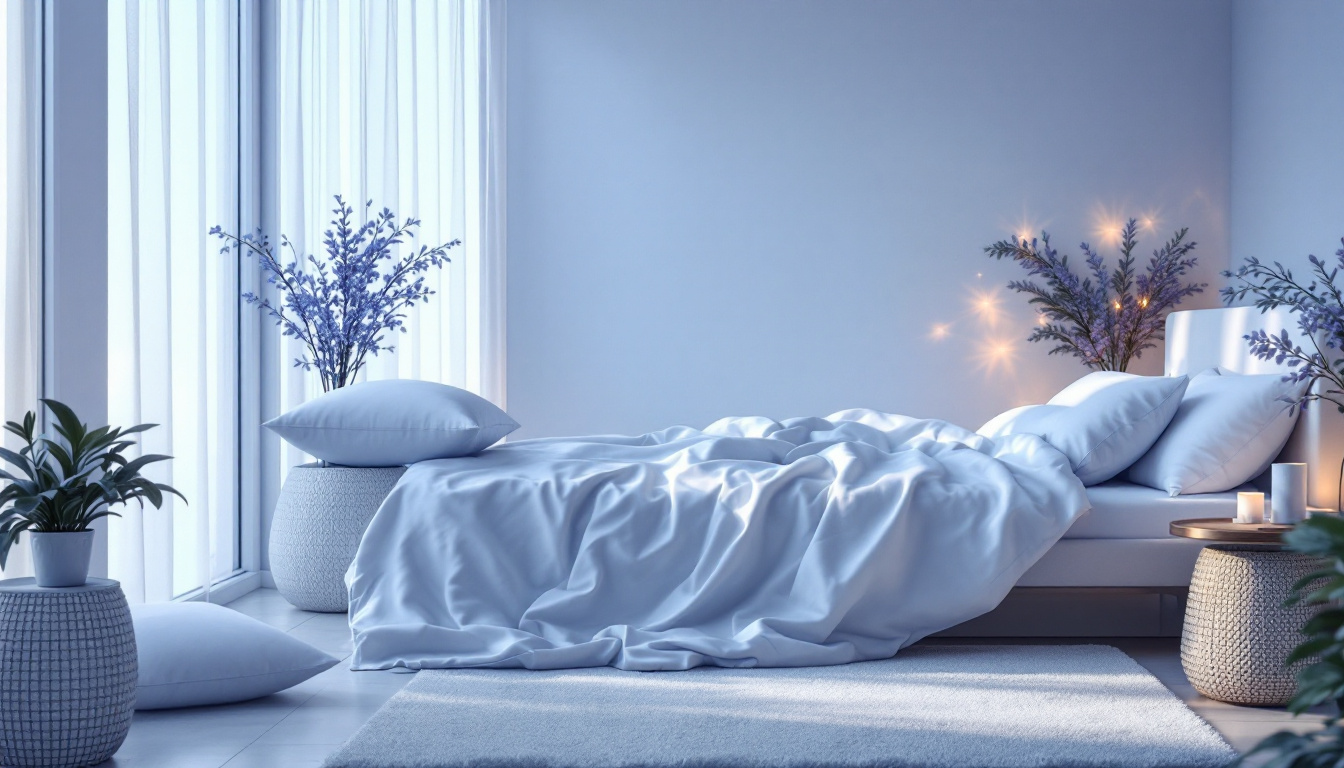









































.jpeg)

























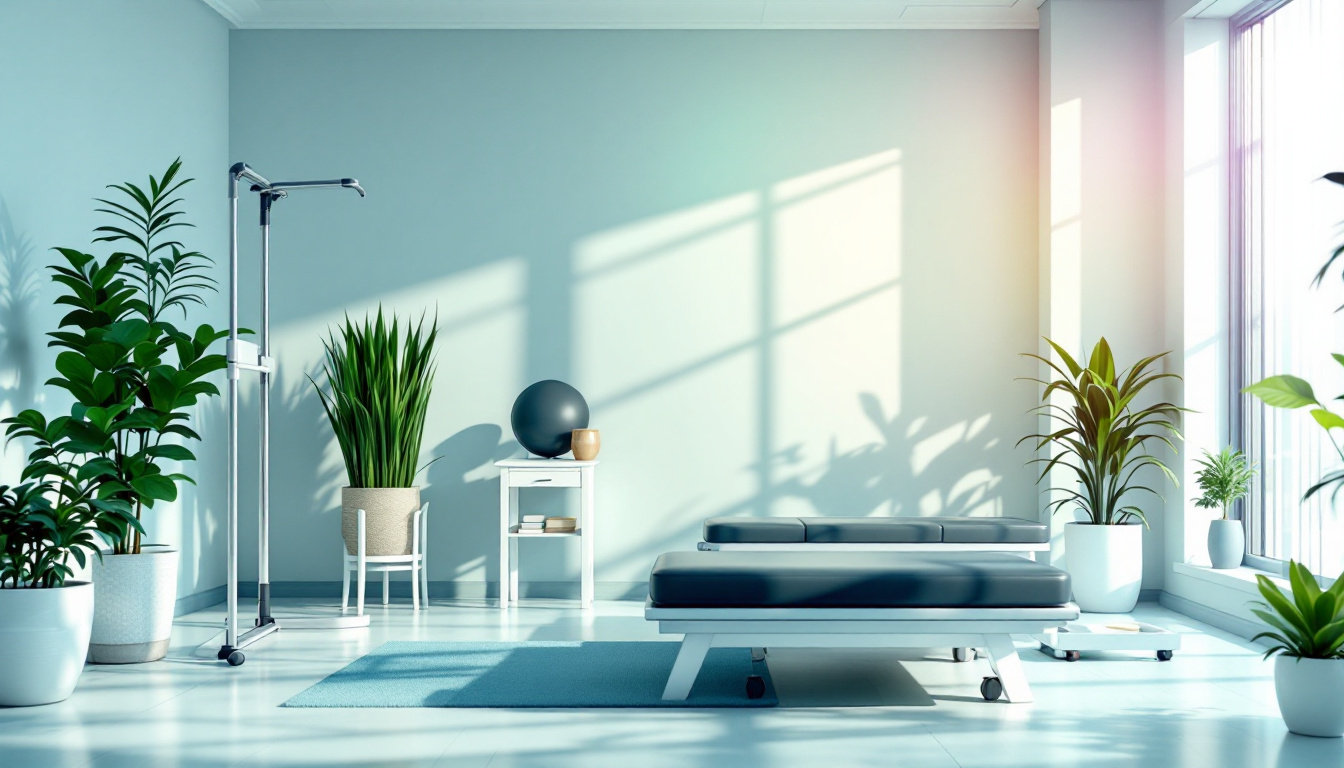
















































































































































































.avif)























































.jpeg)

































































.jpeg)














.jpg)









































.jpeg)






































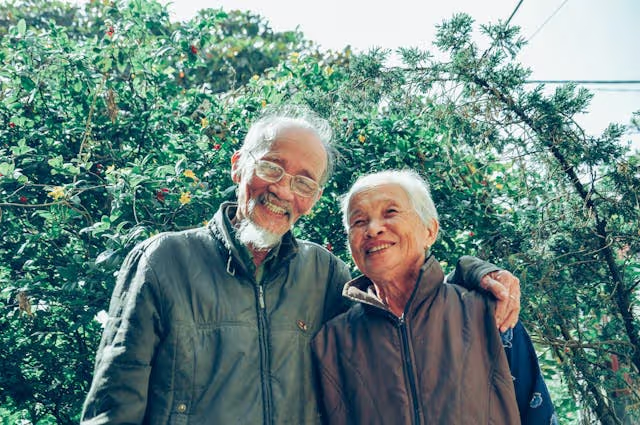


































.avif)




.avif)


















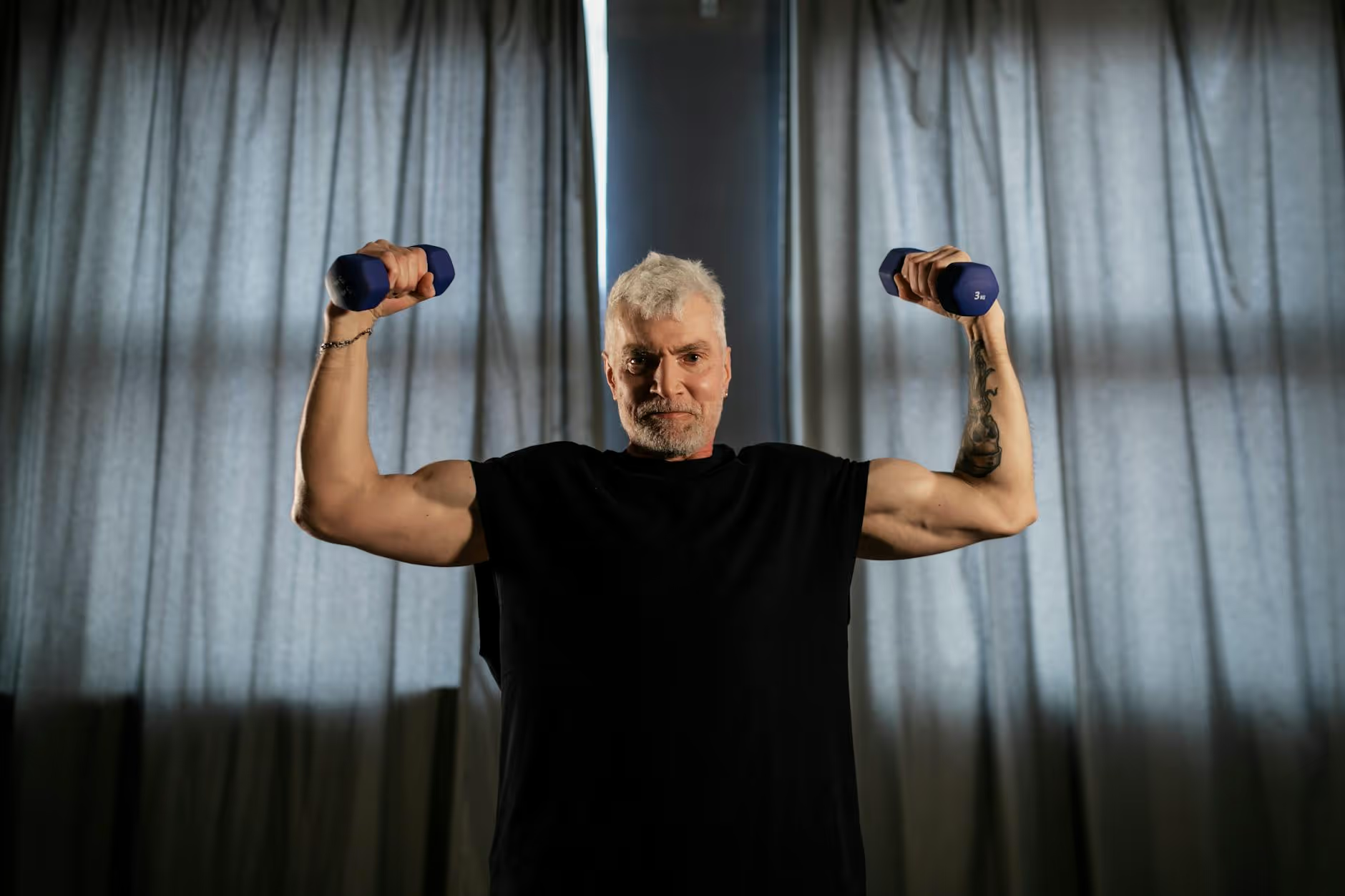





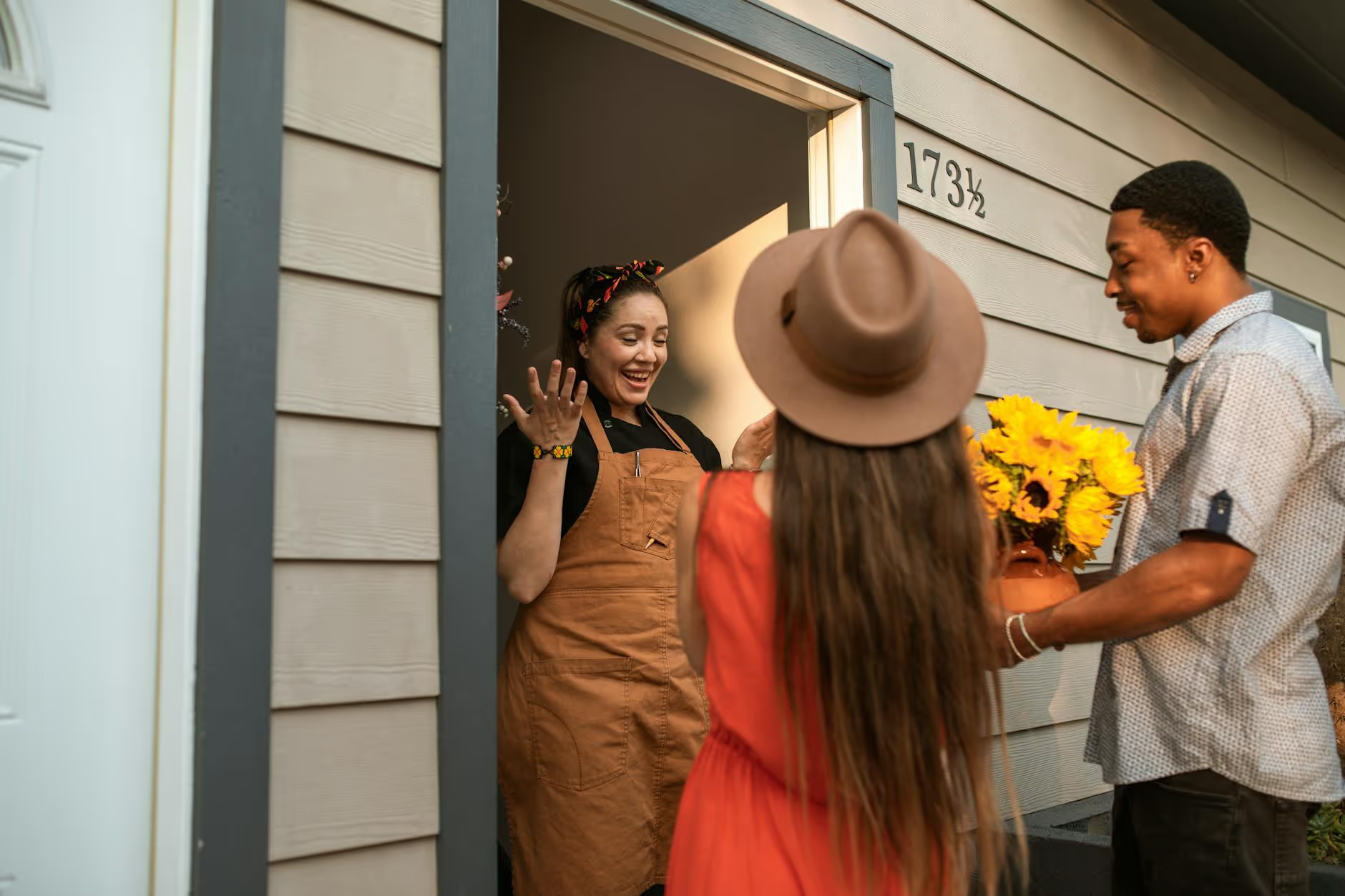





















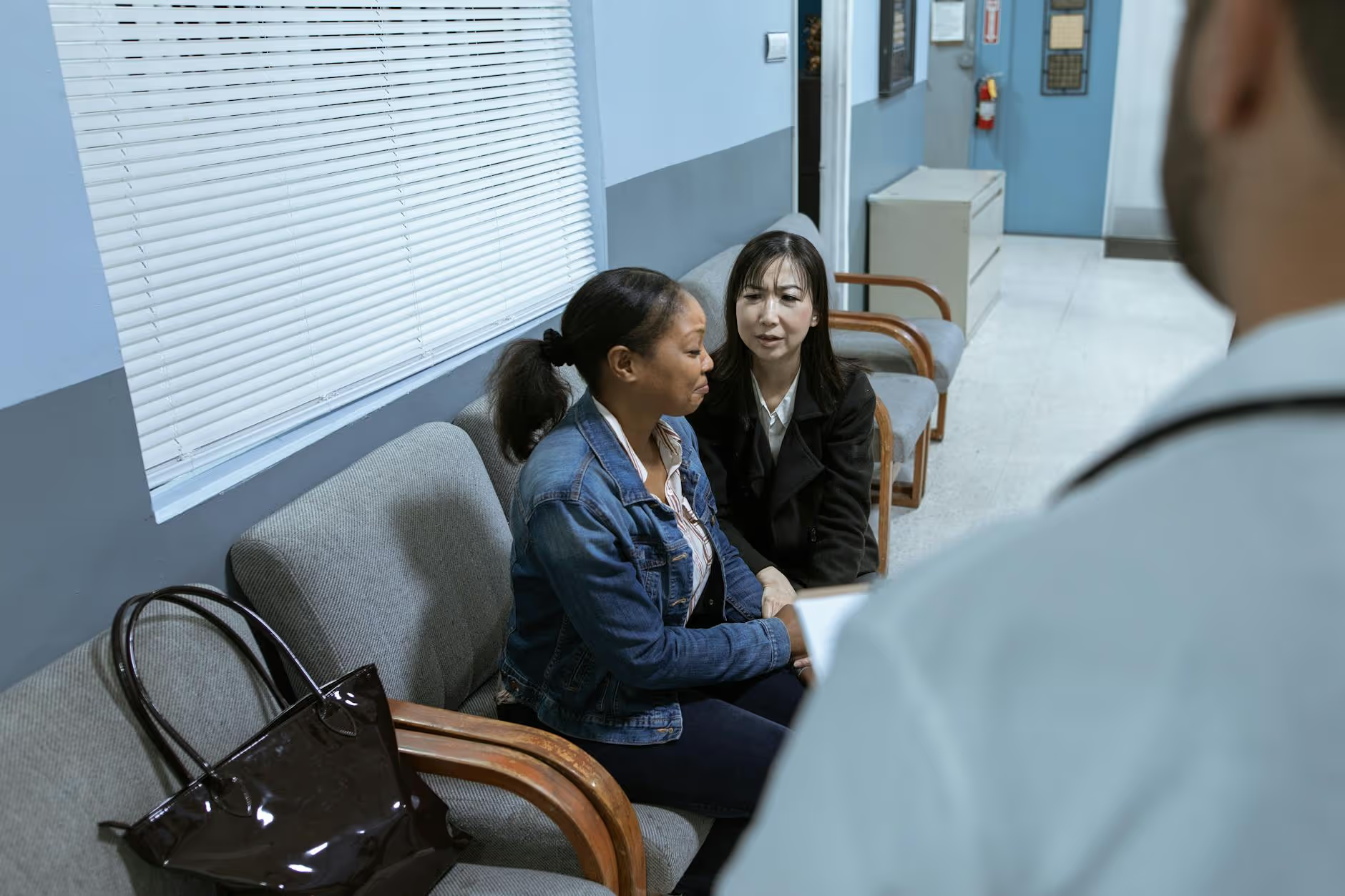


.avif)













































































































